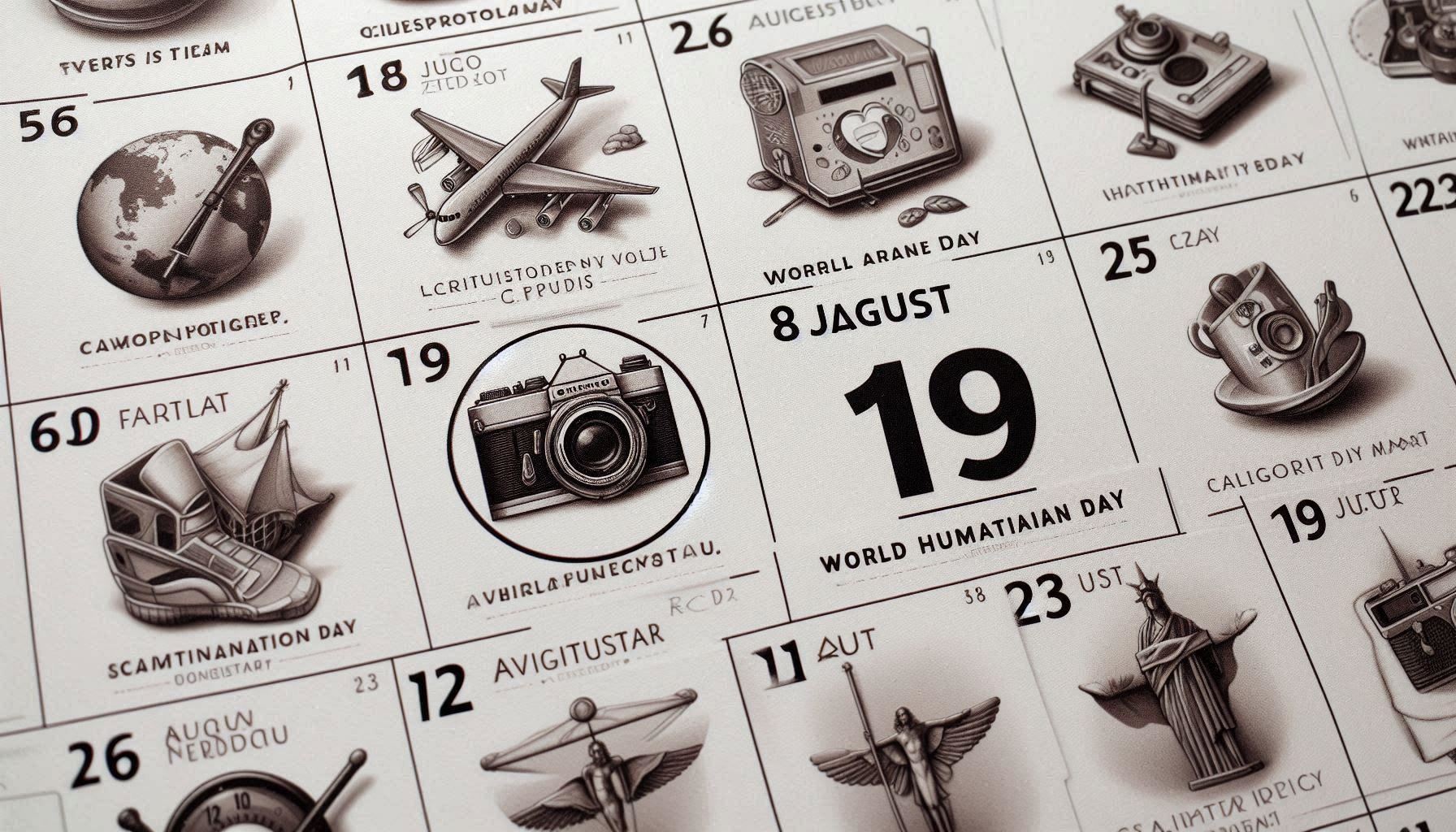Unveiling the Dynamic Landscape of Web Design Trends: Past, Present, and Future
In today’s digital realm, where websites serve as the gateways to businesses and organizations, web design has become an integral aspect of shaping the user experience and achieving online success. This comprehensive article delves into the ever-evolving trends of web design, tracing their historical roots and exploring the latest innovations that are redefining the online landscape.
Genesis and Growth: A Historical Perspective
The roots of web design can be traced back to the early days of the internet in the 1990s. Crude and text-heavy websites gradually evolved into more visually engaging experiences, paving the way for the emergence of specific design trends.
In the mid-1990s, the advent of Flash technology allowed designers to incorporate animations and interactive elements into websites, creating a more dynamic and engaging user experience. However, the rise of mobile devices in the 2000s necessitated a shift towards responsive design, ensuring websites could adapt to various screen sizes.
Current Trends: Innovations Driving Web Design
Today, web design is driven by a constant stream of innovations and advancements. Some of the most prevalent trends include:
- Minimalism and White Space: Streamlined designs with minimalistic elements and ample white space provide a clean and uncluttered user interface, enhancing readability and navigation.
- Motion and Animation: Subtle animations and motion effects can enhance user engagement and add a touch of interactivity to websites.
- Personalization and Customization: Websites are becoming more personalized to meet the unique preferences of individual users, tailoring content and design elements based on user behavior and preferences.
- Artificial Intelligence (AI): AI is increasingly integrated into web design, assisting with content creation, personalization, and user experience optimization.
- Virtual and Augmented Reality (VR and AR): These emerging technologies are revolutionizing web design by creating immersive and interactive experiences that transcend traditional boundaries.
Challenges and Solutions: Navigating Design Hurdles
Despite the advancements, web designers face several common challenges, including:
- Cross-Platform Compatibility: Ensuring websites function seamlessly across different browsers and devices remains a constant challenge.
- Accessibility: Designing accessible websites for users with disabilities is crucial to promote inclusivity and reach a wider audience.
- Data Privacy and Security: With the increasing reliance on user data, designers must prioritize data privacy and security measures.
- Staying Ahead of the Curve: Keeping abreast of the latest design trends and technological advancements is essential for web designers to remain competitive.
Case Studies: Real-World Examples of Web Design Excellence
Numerous real-world examples showcase the transformative power of innovative web design:
- The New York Times: The website of the iconic newspaper seamlessly integrates immersive storytelling, interactive graphics, and personalized content, setting new standards for digital journalism.
- Apple: Apple’s website epitomizes minimalism and simplicity, using high-quality photography and concise copy to create an elegant and user-friendly experience.
- Airbnb: Airbnb’s website masterfully leverages user-generated content, allowing travelers to connect and share their experiences, fostering a sense of community.
Best Practices: Essential Tips for Web Designers
To create effective and engaging websites, web designers should adhere to these best practices:
- Understand Your Target Audience: Tailor your design to meet the specific needs and preferences of your target audience.
- Prioritize User Experience: Focus on creating a seamless and intuitive user experience, ensuring easy navigation and clear communication.
- Leverage Data and Analytics: Analyze data to gain insights into user behavior and optimize your website’s performance.
- Keep Content Relevant and Engaging: Create valuable and engaging content that resonates with your audience and meets their information needs.
- Pay Attention to Aesthetics and Visuals: Use high-quality visuals, typography, and color schemes to enhance the website’s visual appeal and create a memorable brand experience.
Future Outlook: A Glimpse into the Evolving Design Landscape
The future of web design is brimming with exciting possibilities:
- Augmented Reality (AR) and Virtual Reality (VR): These technologies will continue to transform user experiences, creating immersive and interactive web experiences.
- Personalized and Adaptable Websites: Websites will become more tailored to individual users, adjusting to their preferences and providing highly personalized content.
- Voice User Interfaces (VUIs): Voice-activated interactions will play an increasingly prominent role in web design, offering hands-free access to content and services.
- Sustainability and Ethical Design: Web designers will focus on creating websites that are environmentally sustainable and promote ethical practices.
Expansive Summary: Synthesizing Key Insights
The journey of web design has been marked by constant innovation and adaptation. From the early days of text-heavy websites to the latest advancements in immersive technologies, web design has evolved into a dynamic and multifaceted field. By understanding the historical roots, current trends, challenges, and best practices, web designers can create websites that optimize user experience, drive engagement, and leave a lasting impression.
As the digital landscape continues to reshape, the future of web design holds limitless possibilities. From embracing emerging technologies to prioritizing ethical and sustainable practices, the web design industry is poised for further growth and innovation, redefining the way we interact with the online world. Just as Poughkeepsie has emerged as a hub for web design trends, setting new standards and making significant contributions to the field, the future of web design will undoubtedly be shaped by the creativity and ingenuity of designers worldwide.








